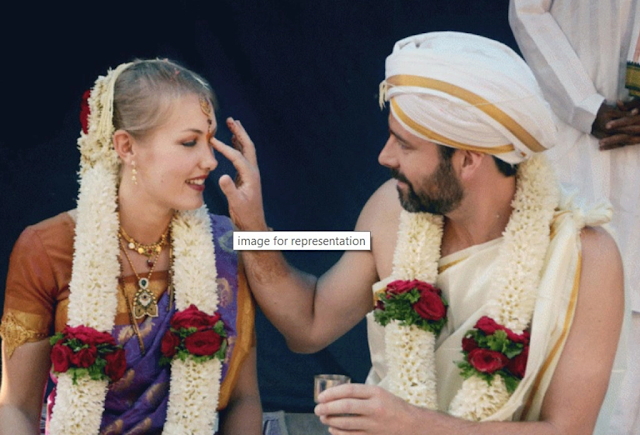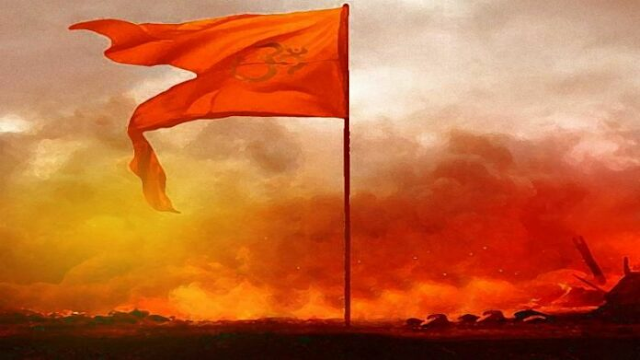INTRODUCTION -
The caste system in India has been an integral part of its societal framework for centuries. This deeply ingrained hierarchical social structure has shaped the country's history, culture, and interactions among its people. Understanding its intricate layers and nuances is crucial to grasp the dynamics of Indian society.
And in this article we are going to do exactly that, explaining and putting forward facts and history of cast systems of India via native POV
( Point if view )
HESTORICAL BACKGROUND -
Originating from ancient scriptures, the caste system's roots can be traced back to the Vedic period. It underwent transformations through various historical epochs, influenced by religious doctrines, societal norms, and the rule of different dynasties. From a system based on occupation and duties to a rigid hierarchy, its evolution has been profound. There's an ancient saying - "Karm pradhan", which means bloodline of a person doesn't decide hus cast but his way of living does for example, a person who is wise and have a deep understanding and knowledge of scriptures and spreads knowledge was considered Brahman, while a person with strong body structure who mastered the craft of handling weapons and conflicts was considered kahtriya, and a person who was involved in business was known as vaishy also a person who mastered the craft of making metallic ornaments such as swords was known as "lohar" which basically means a person who deals with loh ( iron )
[ more in next section of the article ]
A supporting fact which pretty much proves this is that in ancient India men were known by there mother's name for example - Ganga putr Bhishm,
Ganga was the name of Bhishma's mother.
FUNDAMENTALS OF CASTE SYSTEMS -
At its core, the caste system encompasses four primary classes or Varnas: the Brahmins (priests and scholars), Kshatriyas (warriors and rulers), Vaishyas (traders and agriculturists), and Shudras (laborers and service providers). Below these four varnas lie the Dalits, historically known as "untouchables," often relegated to menial tasks and ostracized from society. It must be noted that the term "untouchables" was coined by the British when they colonized Bharat, renamed it India, and introduced this terminology. Despite a society structured precisely, which historically included transgenders as a third gender and accorded them equal respect alongside males and females, the rest of the world's perception of transgenders was largely negative. Hence, the existence of untouchables seems paradoxical.Moreover, historical evidence in the ancient Hindu epic Mahabharata highlights the equitable treatment of transgenders. Shikhandi, a character in the Mahabharata, identified as a third gender (trans) and played a significant role throughout the epic.Ancient Indians demonstrated intelligence in their societal structures. The so-called "untouchables" engaged in occupations such as crafting shoes from animal skin and sanitation, which posed risks of infections and diseases. Consequently, these castes refrained from participating in social gatherings.The modern perception of caste systems has undergone significant transformation, largely influenced by Western historians, which will be explored further in the next section.
SOCIAL DYNAMICS AND PRACTICES -
Traditionally, inter-caste marriages were discouraged, aiming to maintain purity within each caste. However, contemporary India is witnessing a gradual shift in these norms, with more individuals choosing partners irrespective of caste lines. Despite legal measures, caste-based discrimination persists, impacting access to education, employment, and social opportunities for marginalized communities, it is so because of the modern understanding of cast systems. However, now the perception is changing again which is a good sign and it will not be wrong if someone says Indian society is going back to the best from the worst of modern world.
MODERN PERCEPTION AND CHALLENGES -
In present-day India, views on the caste system vary widely. While some see it as an essential cultural heritage, others perceive it as a barrier to societal progress and equality. Legal frameworks have been established to address caste-based discrimination, yet the issue remains deeply entrenched, requiring multifaceted approaches for effective eradication.
GLOBAL PERSPECTIVE -
Comparisons with other societal hierarchies worldwide reveal intriguing parallels and differences. The Indian diaspora's experience abroad often reflects a reconfiguration of caste identities, influenced by new environments and interactions with diverse cultures.
CONCLUSION -
The complexity of the caste system in India underscores its profound impact on the country's social fabric. Its historical significance and modern challenges necessitate continual dialogue and concerted efforts towards fostering a more inclusive and equitable society for all its inhabitants.
NEXT ARTICLE OF THIS SEREIS -
PREVIOUS ARTICLES OF THIS SEREIS THAT YOU MIGHT LIKE -






